Catherine Scrivener – Beauty about life is in it’s small moments
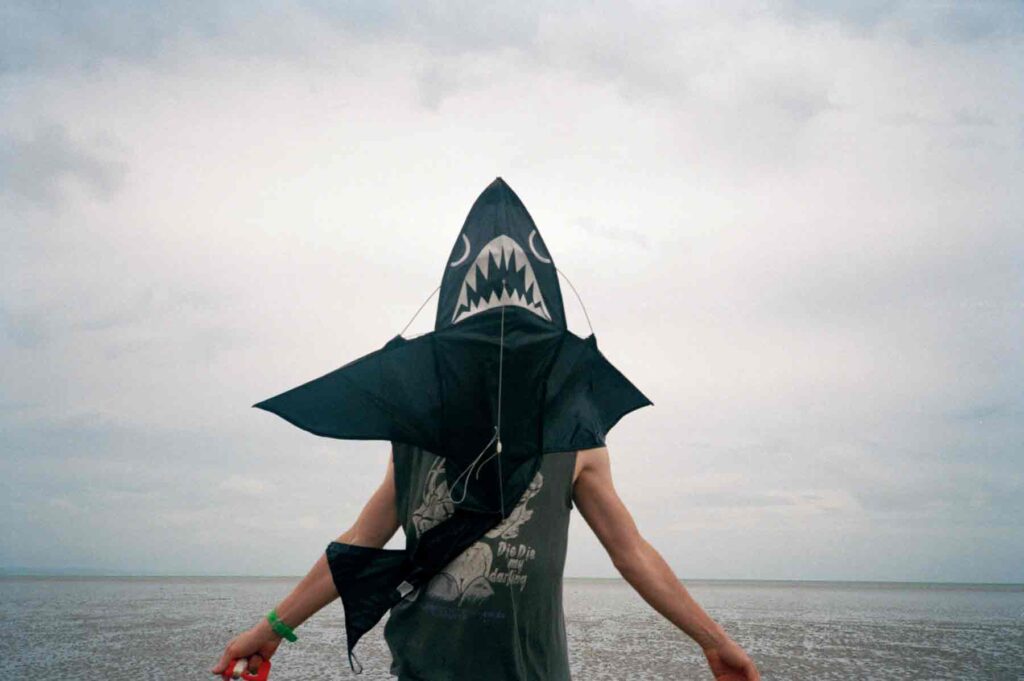
If you divide your life into its many great movements, you’ll find a year, or maybe more, to every great change in your life. Then, if you continued and repeated — separating from these movements, these parts of a song, your life’s similarly themed notes — you’ll find, from the years, the days you considered your worst; days where nothing could be better. Then, it all again: dividing, separating, repeating.

After some time, you’ll see your days separated into its many small moments. And you’ll soon discover in these small moments even more smaller impressions. At the end, you’ll see your life’s enormity divided into its indivisible instances. You’ll have reached the fabric of memories, the instances of one smile, one word, one image: you’ll have arrived at the language of photography.
Catherine Scrivener Photography
Every life has its moments, every moment its life. To me, that’s snapshot photography. And I know I go a bit overboard with my introductions. So I’m going to write the rest as if you and I were speaking in the same room, and we’d found UK based Catherine Scrivener’s photography at the same time. I’d tell you simply, Scrivener’s great. I like her work because it’s made from life’s smallest moments. That’s what I’d say to you. And that’d be our little moment.
In this interview, Scrivener talks about how she got her start with photography, explains snapshot photography, and reveals how she’s able to capture the moment.
You’ve been named as a photographer to look out for by Complex. How did you discover photography? How would you describe your work?
When I was nine, I was given a 35mm automatic camera. I took photos of my sister and peacocks. This interest followed through to the university where I got into snapshot photography. I liked the visual style and found it interesting how people documented the world around them. I really like photography that has no pretence and is not contrived.
After university, I moved back to Scunthorpe, which as a town isn’t that inspiring. Then I moved to New York and eventually London, I found I had a lot more to take photos of and there was a different energy about my work. I don’t feel the need to have a pompous art theory behind my photos – it comes from the heart and I’m just offering that for people to see and publishing little glimpses of my life. I’ve always been drawn to honest work, people that are documenting their environment – Nan Goldin, Larry Clark, Wolfgang Tillmans, Corrine Day.
Does photography come easily to you? Do you ever feel unsure of your work?
There’s always times when I’ll take a photo and it won’t come out quite like I thought, or sometimes it will look way better than I expected. That’s the nature of shooting on film though; it’s unpredictable. I see it almost like a ritual – the process of finishing a film, taking it to the shop and waiting for a couple of days to see how the images have actually come out. Also, film costs money which automatically makes you consider what you’re taking photos of as opposed to shooting off an endless reel of digital snaps.
Is photography something anyone can master? What lessons do you wish you knew when you first got started?
I think anyone can master photography, yes. A camera is a technical object. Once you’ve learnt how a camera works, aperture, shutter speed etc, you can take a photo. But it’s finding a subject matter, or something that interests you and developing that into an idea or a project that makes it your own. I don’t think there are any formal lessons to be learned necessarily as I find the best results come through experimentation and trial and error.
You trust your eye. You find many great moments to capture. How do you find yourself in these moments? Do you think it’s important for a photographer to travel?
I try to go out a lot in London… gigs, events, partying, seeing the city, which usually ends with something to take photos of. I’m pretty lucky to have interesting friends too, and have been to a lot of fun/strange parties with them. Sometimes when I get photos back from the shop, it’s like I’m watching a weird night out all over again. I think travel is important but it doesn’t always have to be far away. When you get used to your surroundings, sometimes you forget to properly look at everything. When I come back to London after being away for a couple of days I always see something different, notice a new building or see something in a different way.
Catherine Scrivener – A great moment to capture
Friendship, music, tolerance: these are the most persistent themes found in your work. What would you say guides your work above all? Is it about being in the right moment at the right time?
The main thing that guides me is that I want to document what’s going on in my life. Sometimes it gets pretty weird, sometimes not, but having a record of it — evidence, at least — is what makes me keep taking photos. I think being in the right place and the right time is important. It’s never quite the same if you try and force something, and it’ll show in the photo. One night we broke into an abandoned church, which was pretty amazing. On the way out, one of my friends got impaled on the cemetery gates but I was having too much fun in the church to even know what was going on. That would have been an awesome photo (sorry Anthony, it totally would).
When you’re out shooting, do you ever get an instant gut reaction that something is good? Or do you evaluate your work after some time?
Oh yeah, definitely, and it’s those kind of photos that I can’t wait to get back from the shop. I usually stick with my gut reaction, and the initial photos I like when I’m looking through make the final cut for my website/blog. I hardly ever go back and look through all the other photos that didn’t make the cut.
You Can Polish a Turd is great. Could you explain how this project came about? Who did the make up?
You Can Polish a Turd was my final major project at university. The guy in the pictures is my friend Danny who is a designer who makes all the jewelry (brooches, rings, earrings) from fake dog turd. I was intrigued by his work and process. The more I spent time with him, the project evolved into being more about Danny and his inspirations, who for this project were Barbara Cartland, Queen Elizabeth I and Margaret Thatcher. Danny did all the make up, wigs and styling himself. A lot of my influences for that project were Dutch painters such as Vermeer, and I ended up printing them A0. I think the Thatcher prints scared my tutors in the end.
What was the most beautiful thing you’ve ever seen? If you can’t say, what was the first image, person, or moment that came to mind?
Probably my bed after 6 days of partying at Glastonbury.
Be sure to check out all of Catherine Scrivener’s work on her site!

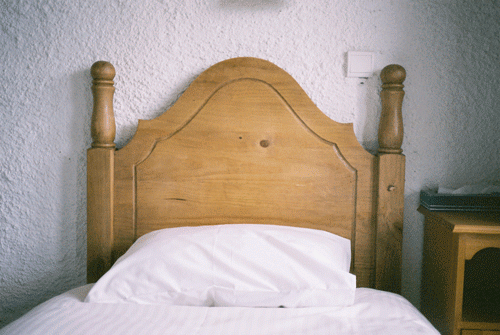
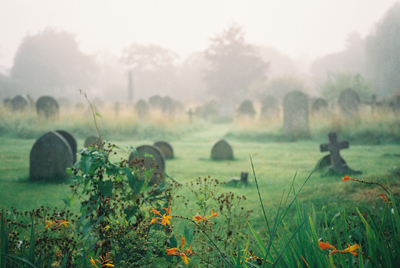
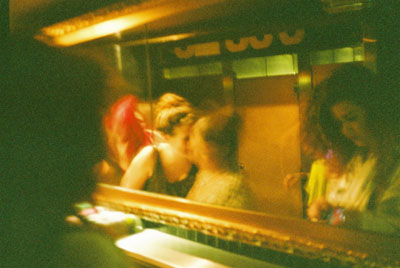

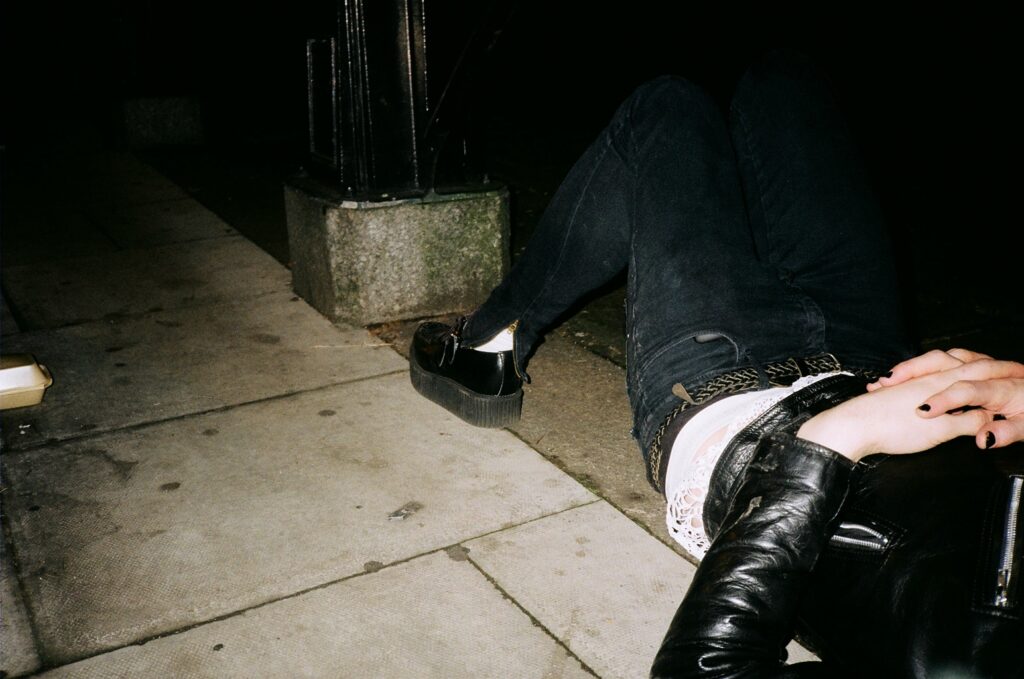
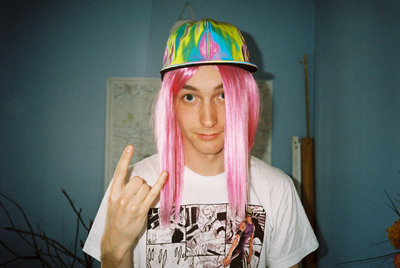
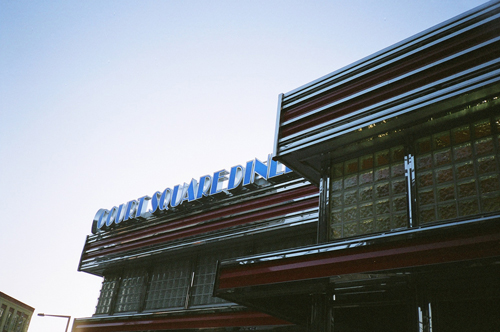
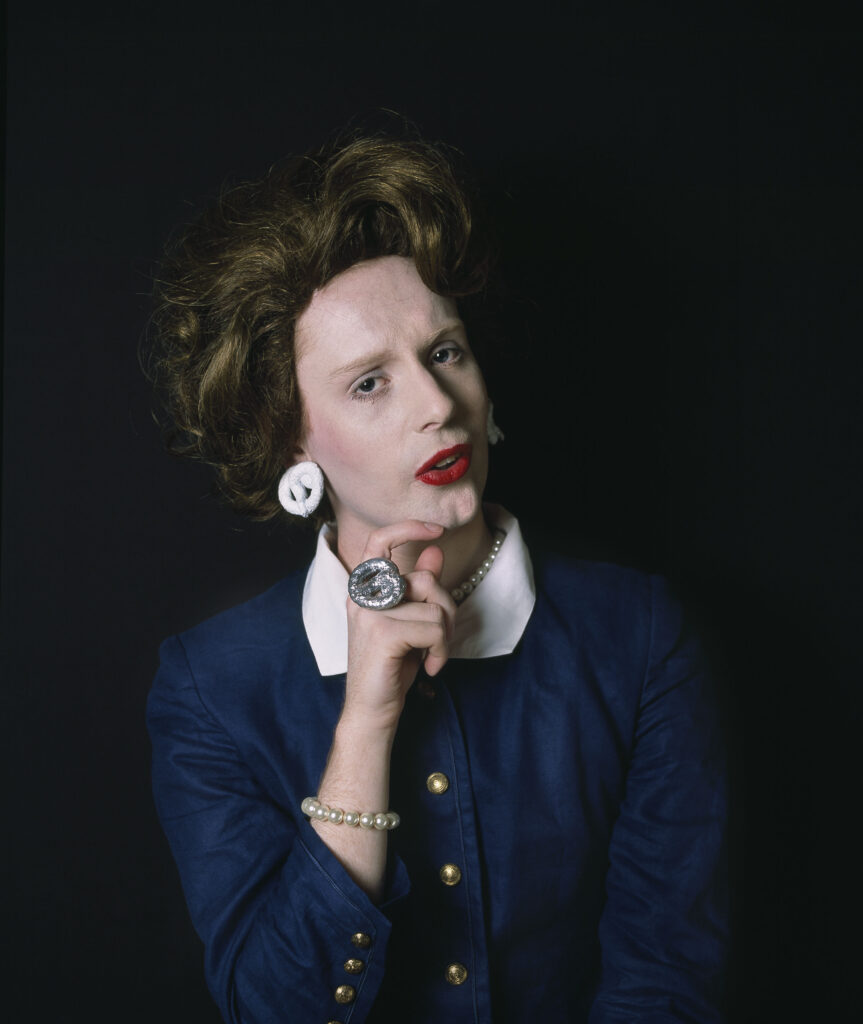
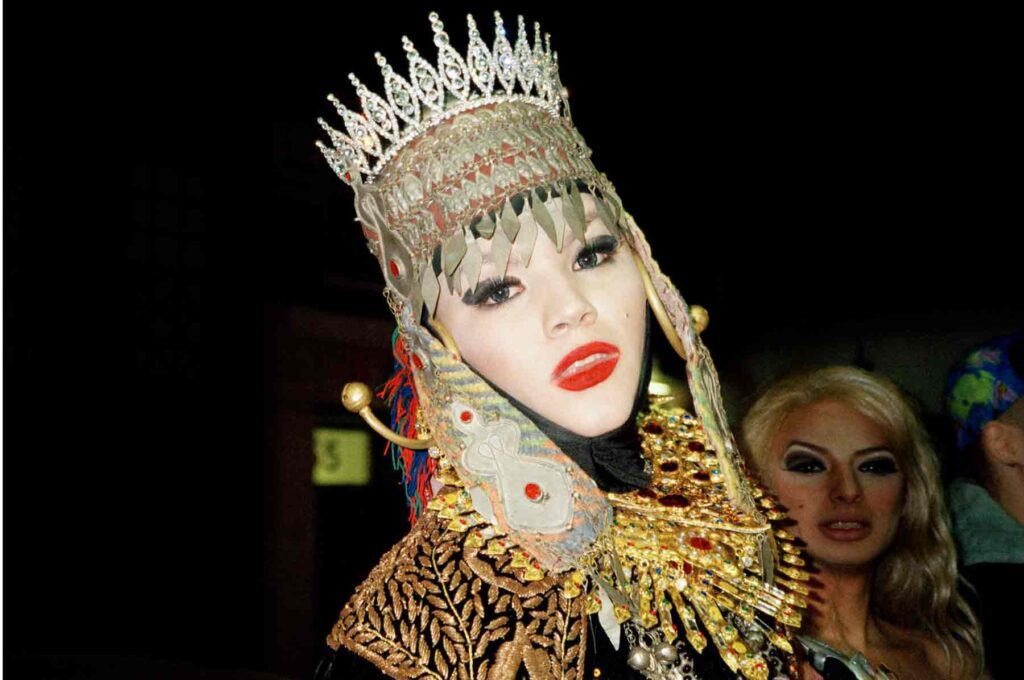
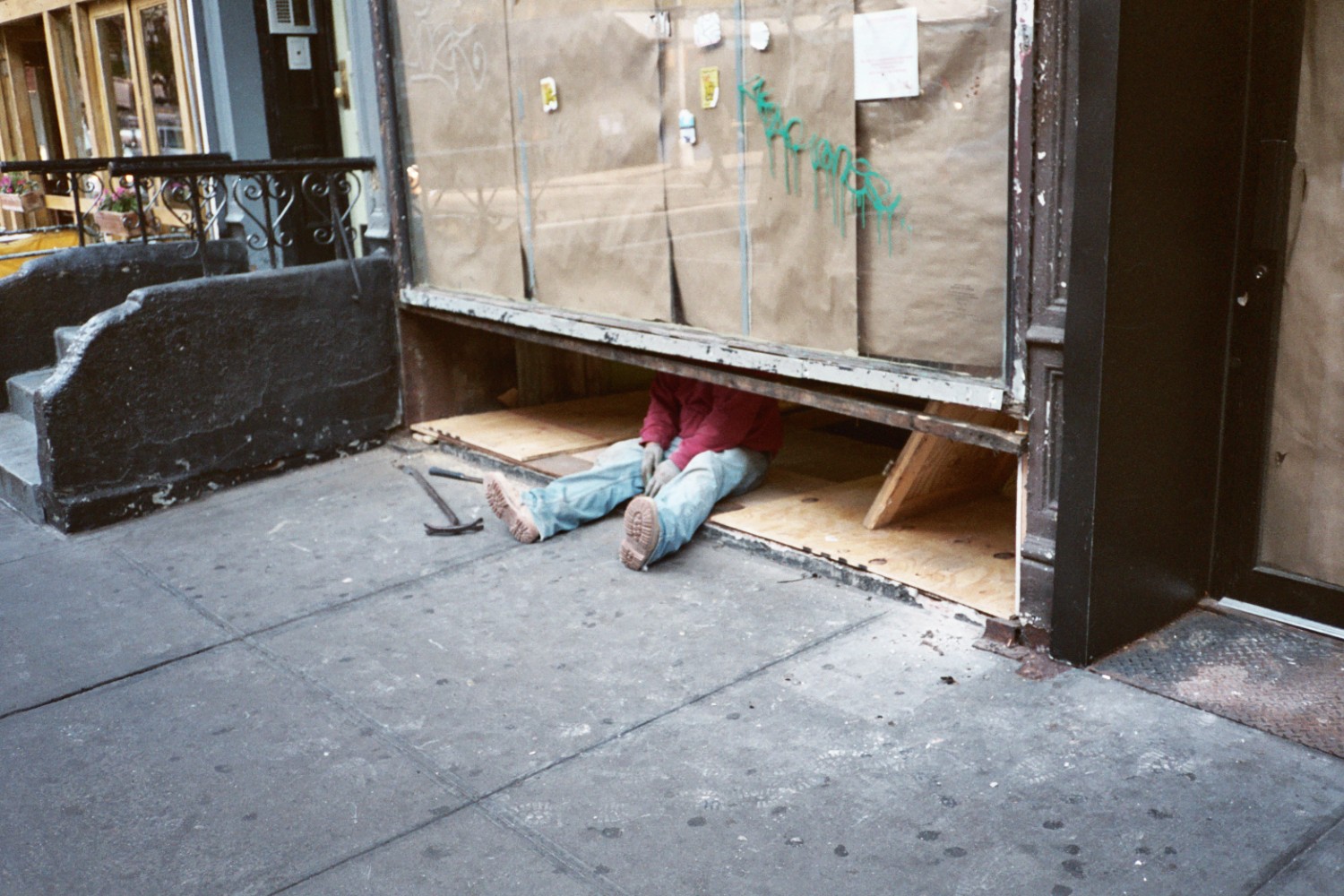




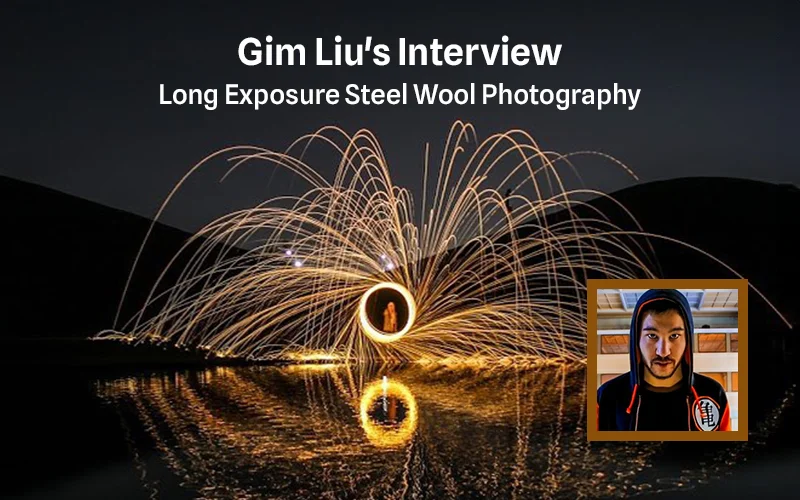
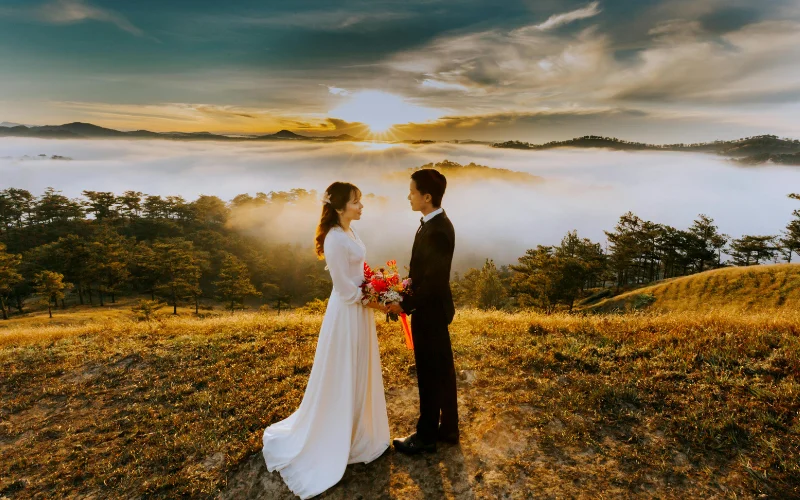




0 Comments on “Catherine Scrivener Interview: The Beauty of Photographing Life’s Many Small Moments”